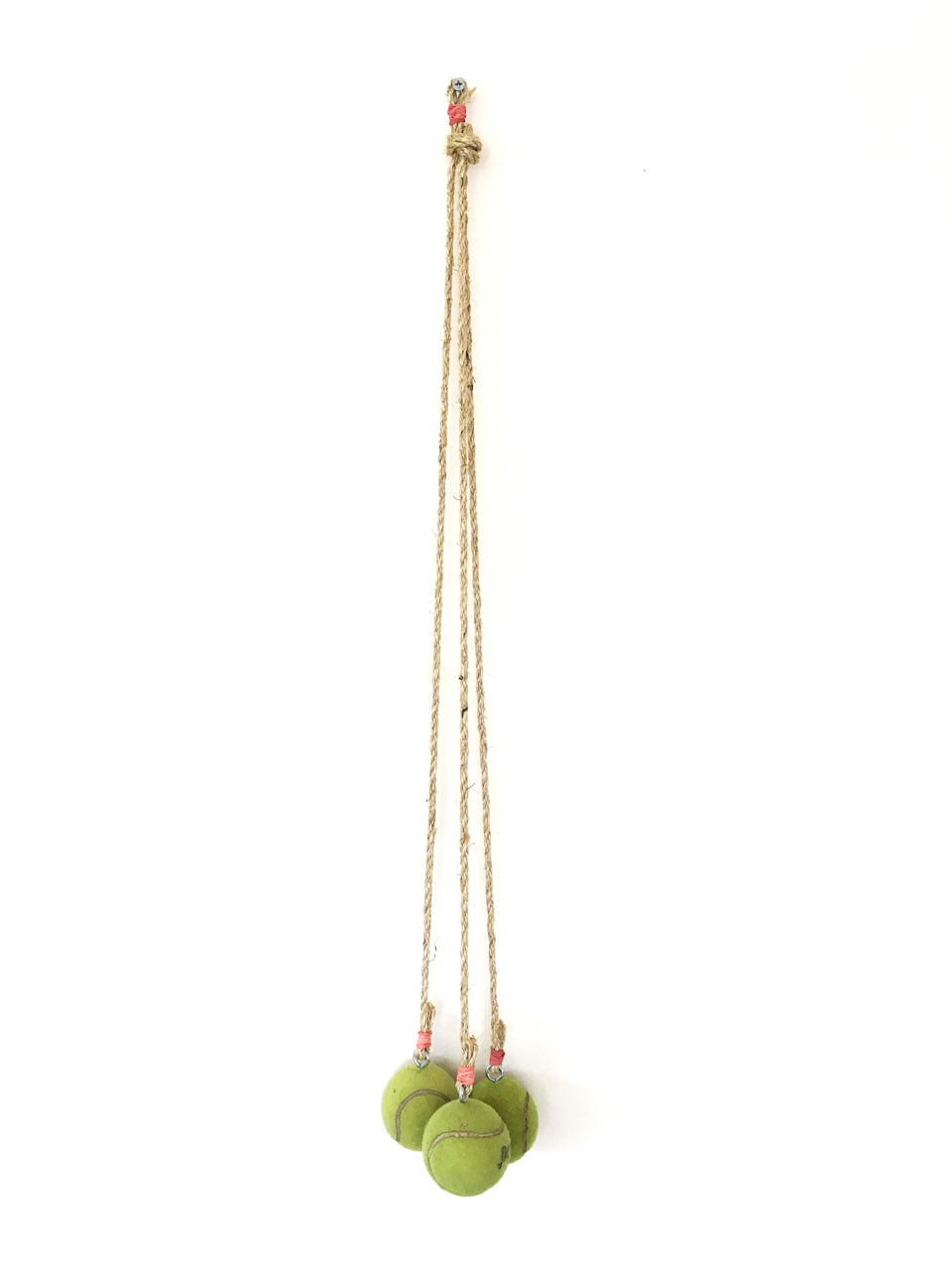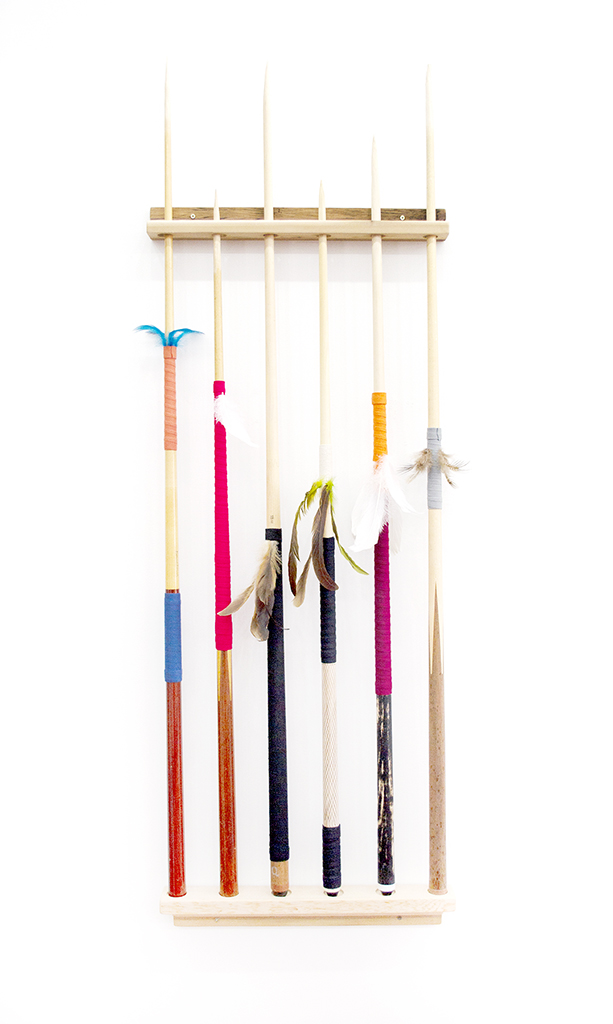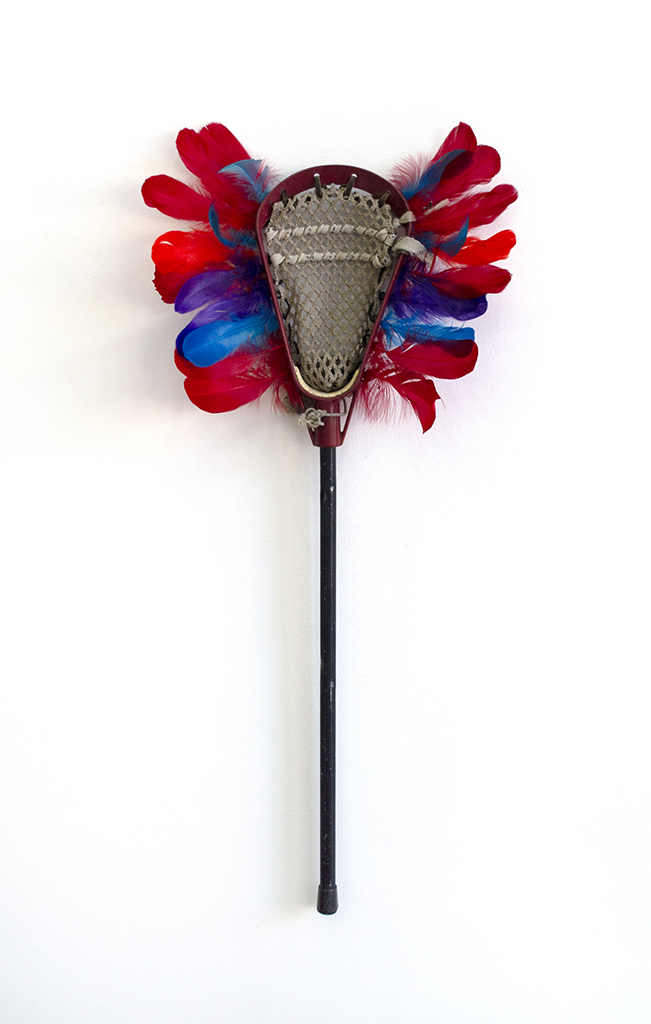Panoplia de Posibilidades / Panoply of Possibilities
2018
Panoplia de Posibilidades
(Panoply of Possibilities)
Fazakas Gallery
Vancouver, BC, Canada.
In this exhibition, Baroque concepts like metonymy, ellipsis, hyperbole, and rhetoric are used to explore how words and artefacts are altered. Panoply of possibilities calls into question the value, the representation, and the meaning of Indigenous objects in the context of anthropological, museological, or private collections which can be understood as a panoply. Panoply of Possibilities analyses the validity of native artefacts within a collection and how artefacts in private, anthropology, and museum collections lose their integrity.
Severo Sarduy in his book Barroco describes that the ellipsis in Baroque literature prepares the terrain for theatrical suppression and concealment of one term for the benefit of another. The ellipsis thus suppresses and nullifies unpleasant, inopportune, or uncomfortable terms in favour of highlighting the same meaning with other words. For example, instead of naming the devil directly, one could talk about a fallen angel.
The objects created for this exhibition – chopsticks and pool cues indigenized and transformed into spears – reflect on the defunct use of the objects / artefacts. Doubly transformed, they are no longer able to be used as chopsticks and pool cues and they are displayed in a way that calls up the museological and anthropological. The fictitious collection of artefacts becomes a kind of ellipsis as the objects accumulate new meanings and functions because of their verisimilitude to the panoply. At the same time, the transformed objects offer a resistance to the deception of Baroque. The artefacts navigate the margins between veracity, resilience, and deception. What remains to be elucidated from this baroque plot is either beauty or didactic effectiveness of the message to the public.










